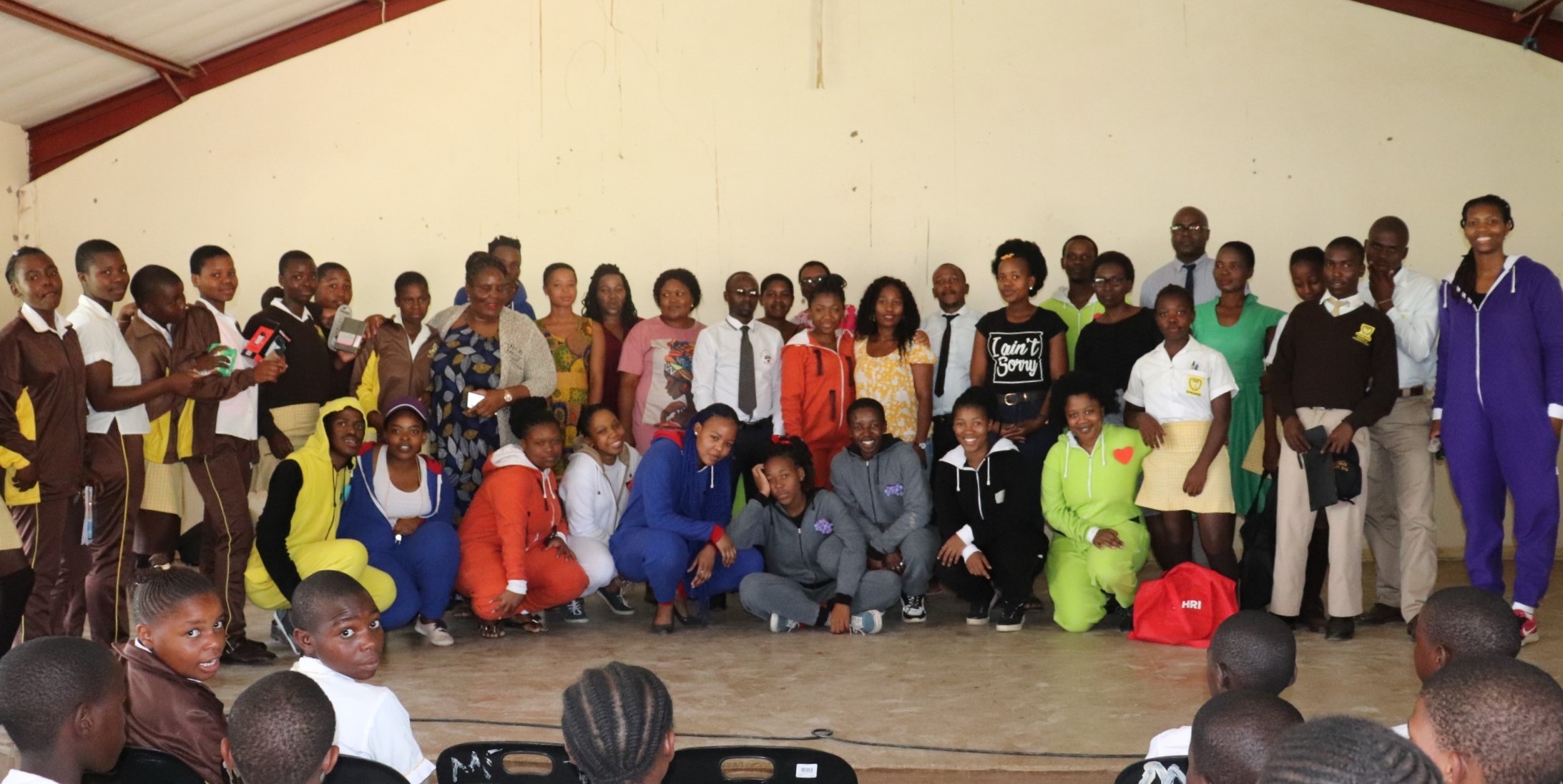
In this article, Ndlovu shares her experience of running a project in 2019/2020 to engage high school pupils in rural communities with research and increase their scientific understanding of TB and its treatment.
Science-2-Society: Raising future leaders
This project sought to make science accessible to high school pupils in rural communities in South Africa. Scientific concepts were introduced through a play that explained how Tuberculosis (TB) develops in the body and career talks were given by science communicators, engagement officers and researchers to promote science as a viable career path.
My research focuses on identifying easy-to-measure changes in the host immune system that indicate the severity of a TB infection that can be used to monitor patient response to drug treatment. My overall goal was to develop an approach for real-time tracking of TB treatment success to improve TB cure rates and aid patient management.
The importance of science literacy in high schools
With what I have learnt from this research, I initiated a community and public engagement project (CPE) targeted at high school pupils in grades 10-12. A global study by the Programme for International Student Assessment (PISA) found that only 9% of 15-year-olds can reliably distinguish facts from non-facts. This is an alarming statistic considering the impressionability of children in that age group. It is also the age when pupils are choosing their field of study to prepare for college acceptance. Science literacy is therefore imperative in this group; I believe that this demographic stands to benefit most from engagement. Moreover, even though this CPE was not designed for health promotion per se, there was an additional benefit to enabling students in this at-risk age group to ask researchers questions on disease-related fields.
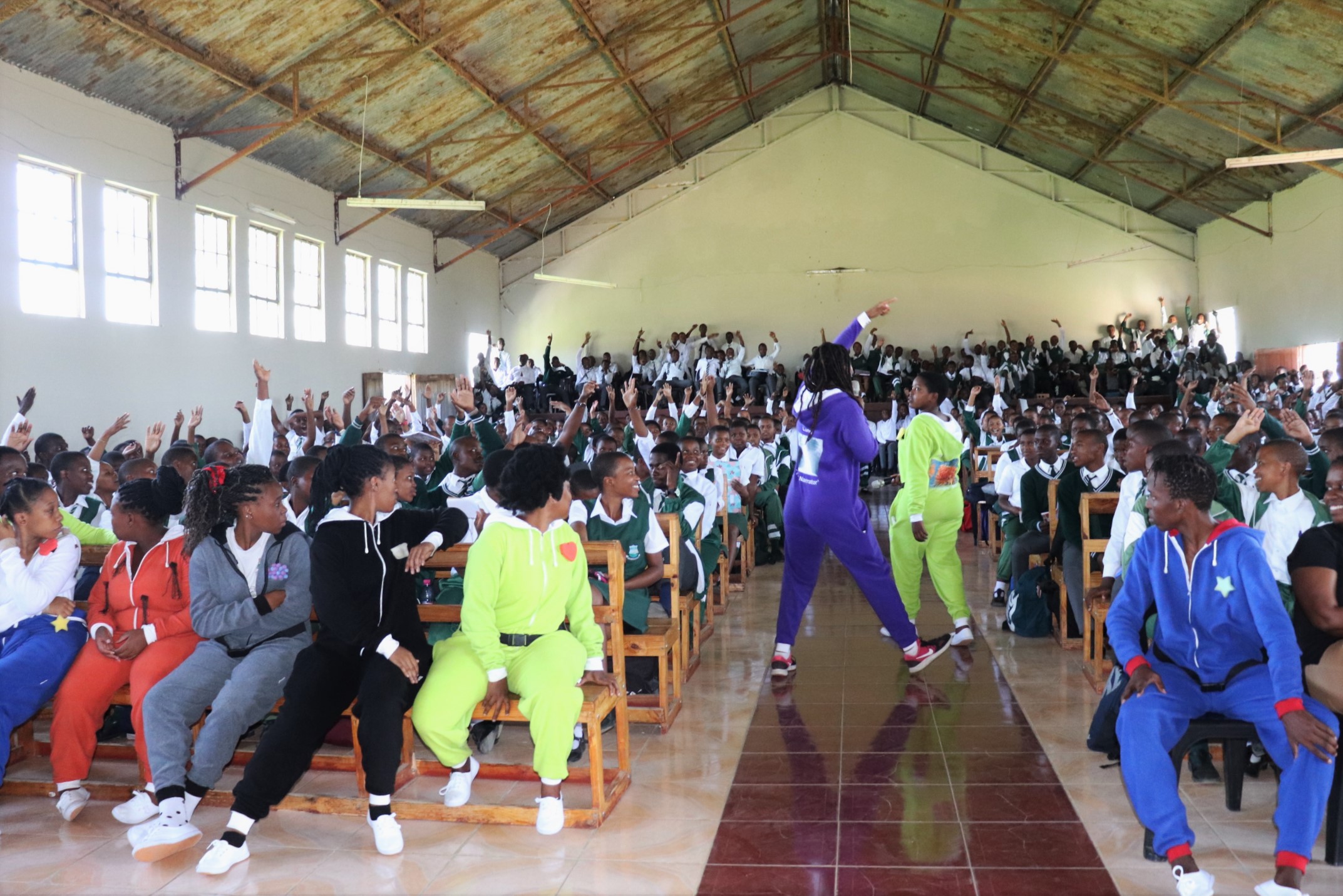
Taking the Science-2-Society project to students in a rural high school
Engagement approaches
I ran the project in Estcourt, a rural community in the uThukela district located on the western boundary of KwaZulu-Natal, as I was born and raised there and therefore know first-hand the challenges faced by its people and schools. The engagement project was conducted in isiZulu and involved five schools, reaching over 2000 students. I was in a unique position to not only give back to the community, but to use infectious disease research to highlight the impact of daily choices on community-specific disease profiles, particularly around adherence to TB therapy and spread. The demand for such information was demonstrated by the number of questions we received around the use of traditional medicine for TB and HIV treatment.
The project consisted of three parts, all of which sought to improve access to scientific research and cultivate a relationship between the public and scientific community.
Theatre
A play was used to illustrate the interaction between cells of the immune system and TB-causing bacteria, from the time it enters the lungs causing infection to the point of cure when bacteria are killed. Showing the changes in the behaviour of immune cells with consistent and inconsistent treatment demonstrated both what my research involves and the importance of adherence to TB treatment.
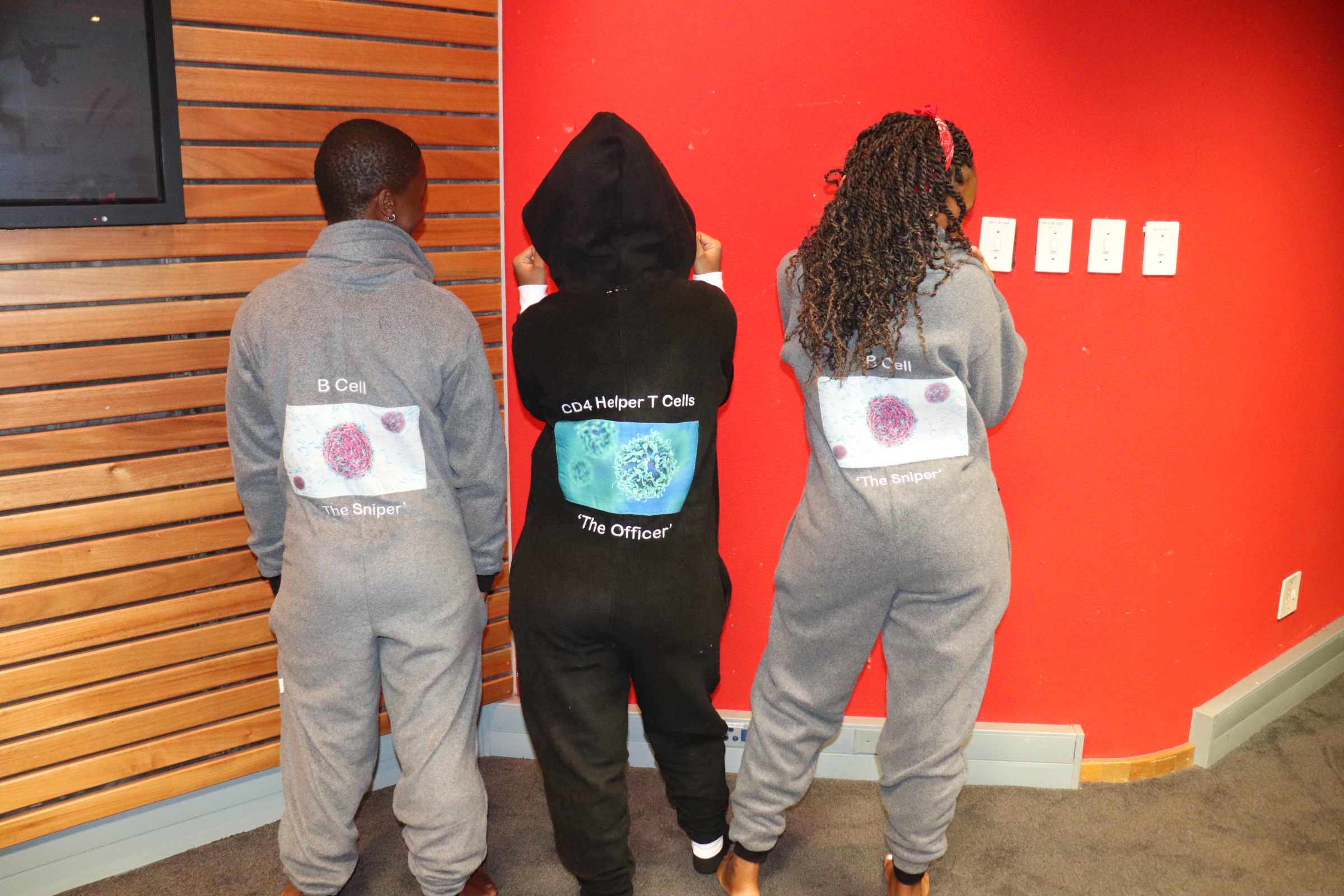
University of KZN drama students, who performed the play
The play was performed by students from the University of KZN drama department, and the project logo was designed by students from UKZN, providing an additional opportunity for intensive involvement. You can view the storyboard of the play here.
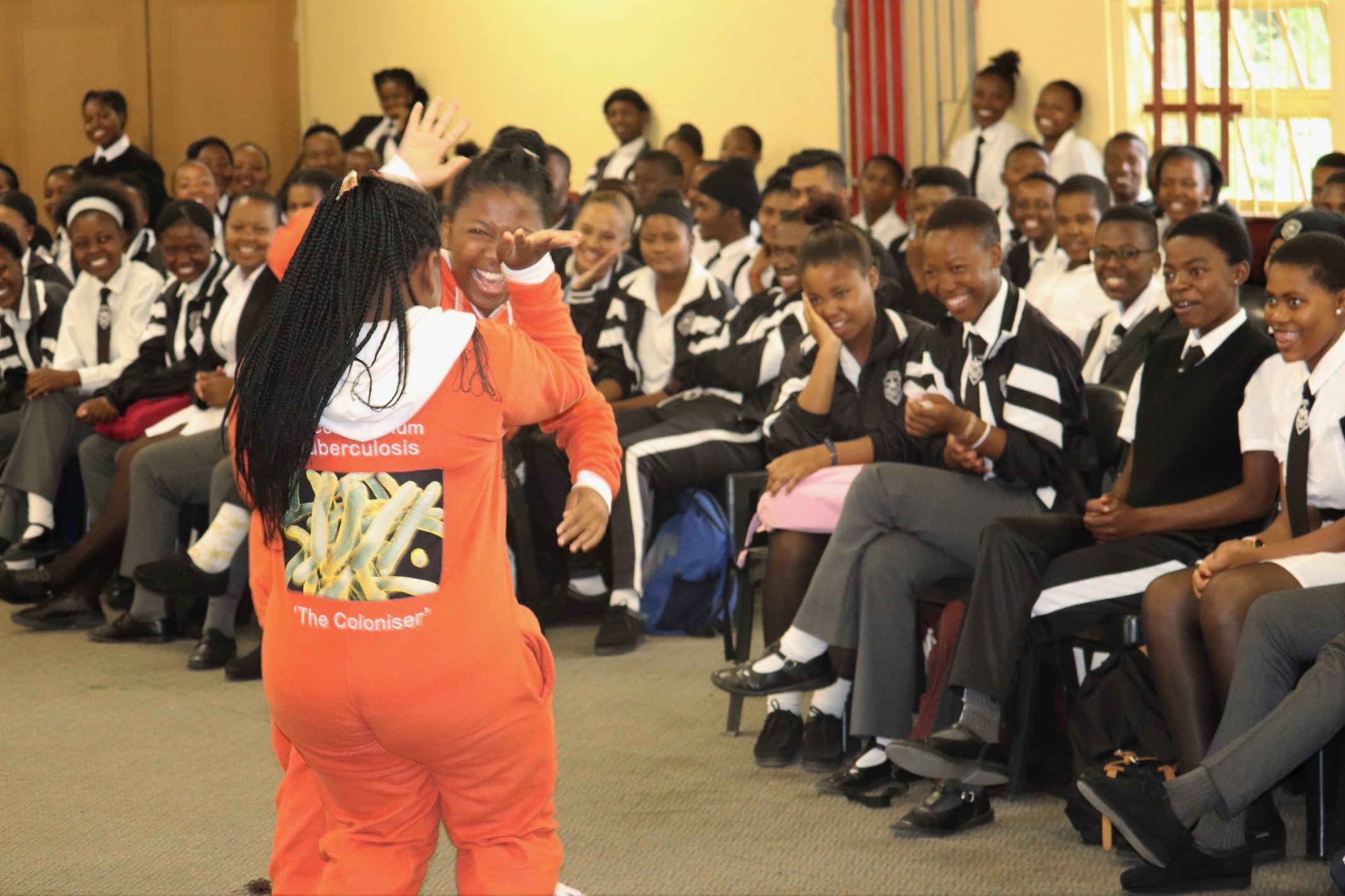
Performance of the TB play at one of the schools
Career Talks
Colleagues representing different departments at AHRI gave career talks. These included a public engagement officer, laboratory technician, other HIV and TB science researchers and a science communicator and journalist. The purpose of these presentations was to highlight science as a viable career path, and to showcase a range of ongoing research projects which have the potential to interest students.
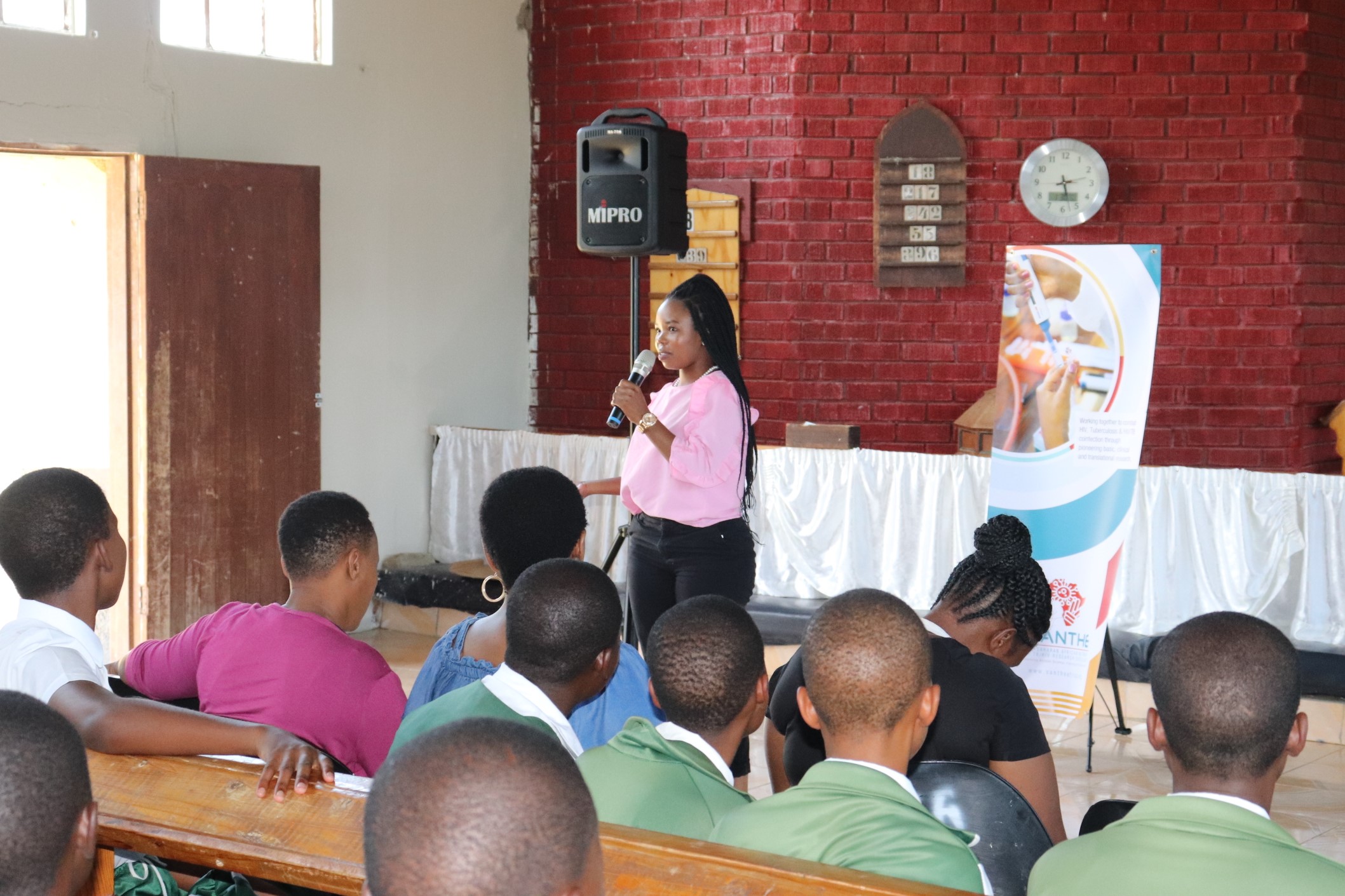
Students hearing from AHRI researchers and staff
Mentoring
We sought to identify five motivated students, based on response to a call for essays, to provide them an opportunity to interact with a science community through a week-long shadow experience at AHRI. These pupils would follow five mentors as they conduct experiments, attend lab meetings and weekly talks at AHRI, etc. Unfortunately, due to COVID-19, the job-shadow experience was cancelled.
At each stage, students were provided an incentive for engagement: they would receive promotional material, journals, pencil cases etc., for either asking or answering a question. The competition winners were to receive laptops and the school with the most participating students was to receive a compound microscope with prepared slides.
Lessons learned
The main lesson I took from this CPE project is that many pupils are interested in science, in understanding how disease works and affects them, but lack a point-of-entry or access to this information. I learned that some of the distrust between members of the community and scientists is due to a lack of open engagement; I believe that these factors are the main reason stigma and myths particularly around TB and HIV are so prevalent. I also believe that repeated exposure to science through engagement is the best approach to improve science literacy.
With the advent of COVID-19, a greater number of people are exposed to science and scientific terms, leading to an opportunity for more dialogue around related myths. It is encouraging to see the impact science literacy has on the choices people make when it comes to hygiene practises and healthcare choices.
Another key takeaway from this experience is that, as much as the community can get excited about the work done in the lab, they are far more interested in how it can change and improve their lives. Scientists should be mindful, when designing projects, what the broader impact of the research could be – the bench-to-bedside progression – and how it can be effectively communicated.
Impact
My project adds to evidence that science literacy is key to eradicating diseases like HIV and TB in South Africa and around the world, and that therefore more attention must be given to community engagement beyond the classroom. Engagement must be tailored to the needs, traditions and culture of each community.
The immediate impact of this project on my career was the ability to communicate my research in lay terms. I developed this skill through preparing for this engagement, increasing my footprint as a scientist significantly. I have since spoken about my research on one of the largest radio stations in South Africa, uKhozi FM, on the International Day for Women is Science. I also spoke on World TB Day 2020 about the prevalence and interplay of COVID-19 and TB and their impact in South Africa.
I believe that this CPE project and its positive outcomes reinforce the value of designing research grant applications to incorporate community engagement.
Post-engagement assessment
A survey was conducted in each of the five schools pre- and post-engagement. These showed a 5% increase in the number of pupils interested in STEM or infectious disease research, as a potential career. Moreover, the number of pupils that indicated an awareness of infectious disease research increased from 52% to 70%.
Photography by Lerato Ndlovu, Thukela Dzakwa and Wandile Ngcobo
View and download PDF Play Storyboard [PDF,3MB]
View and download PDF Call for Essays [PDF,1.5MB]
This report is part of the DELTAS Africa CPE Seed Fund Programme Hub
This work is licensed under a Creative Commons Attribution 4.0 International License


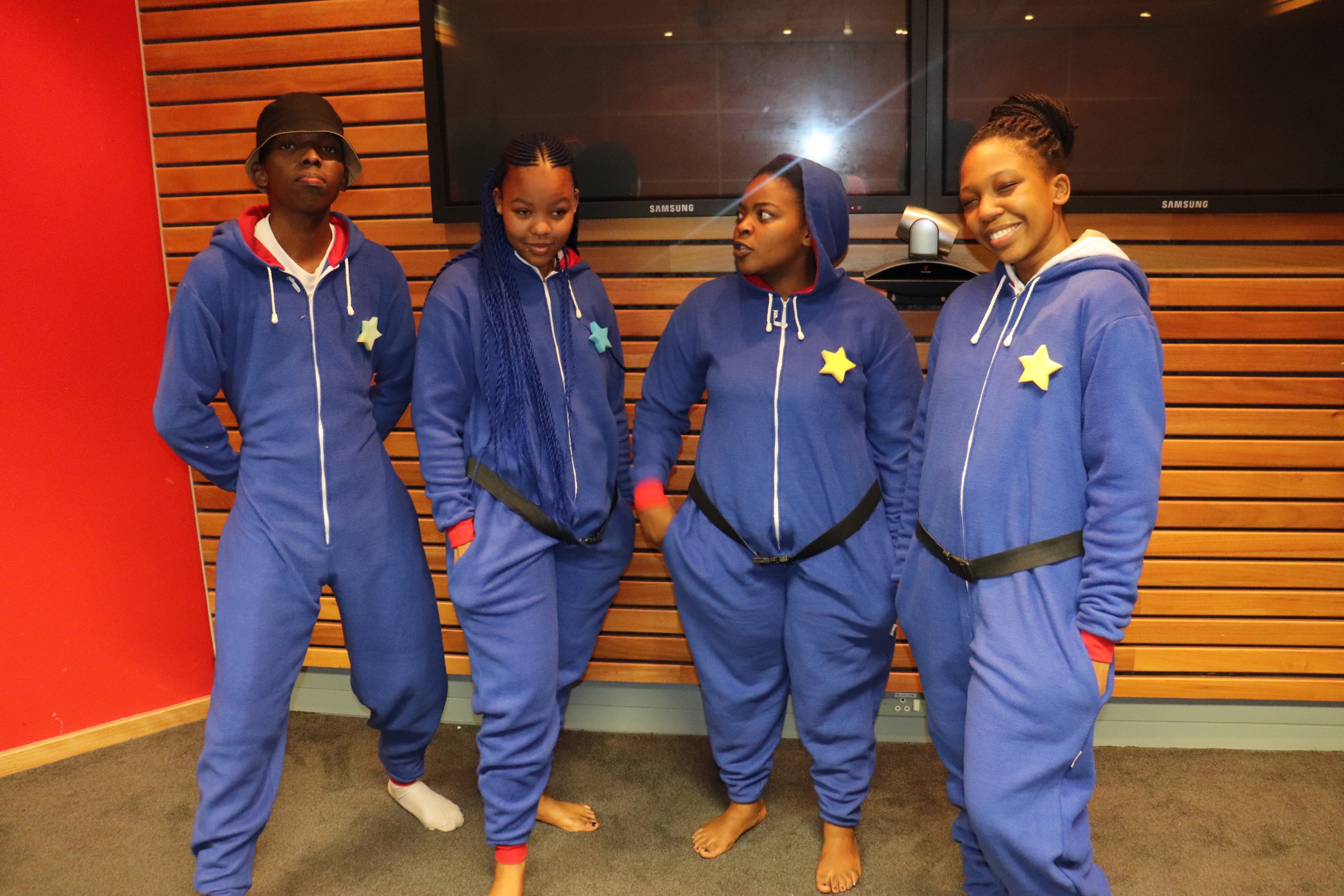

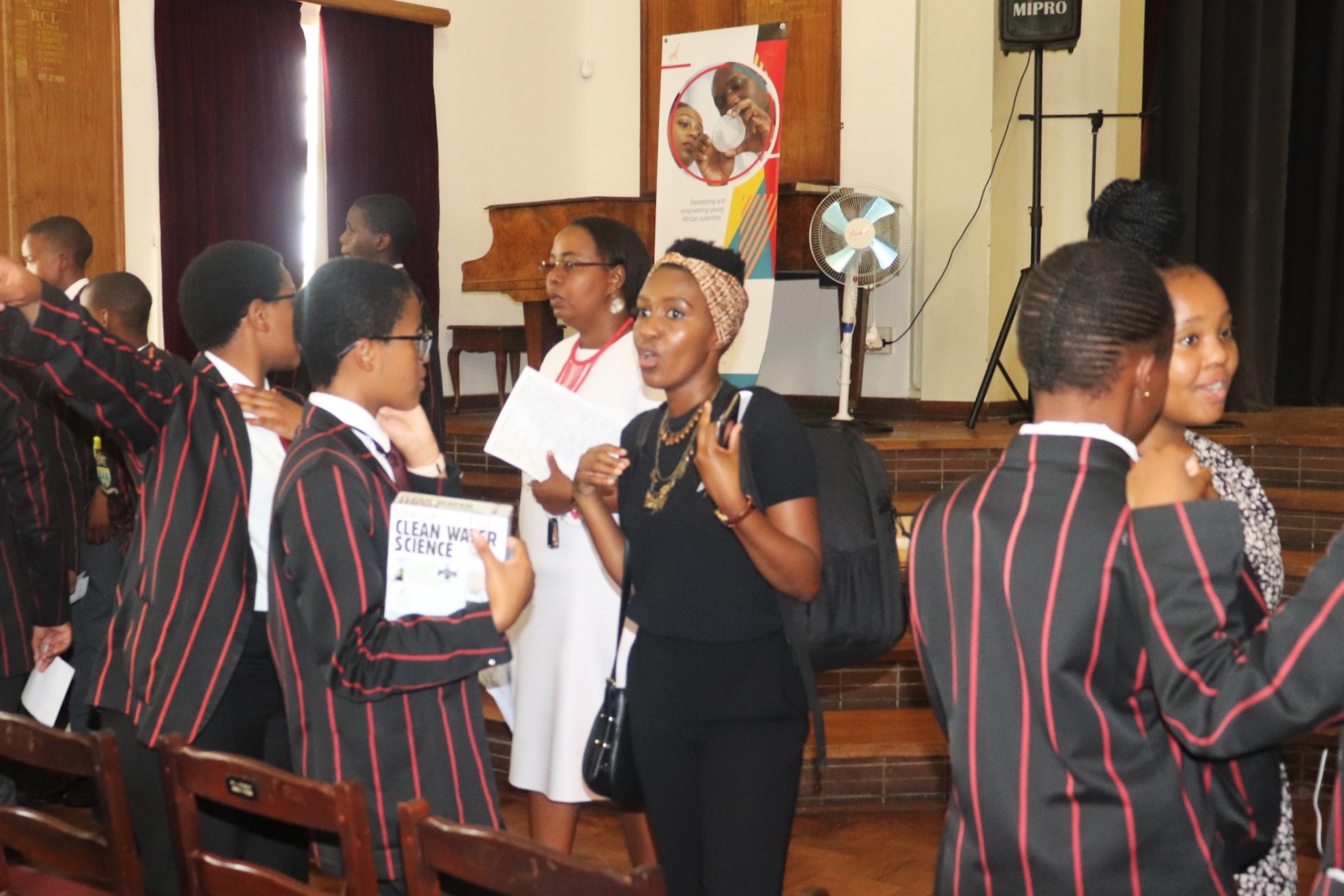
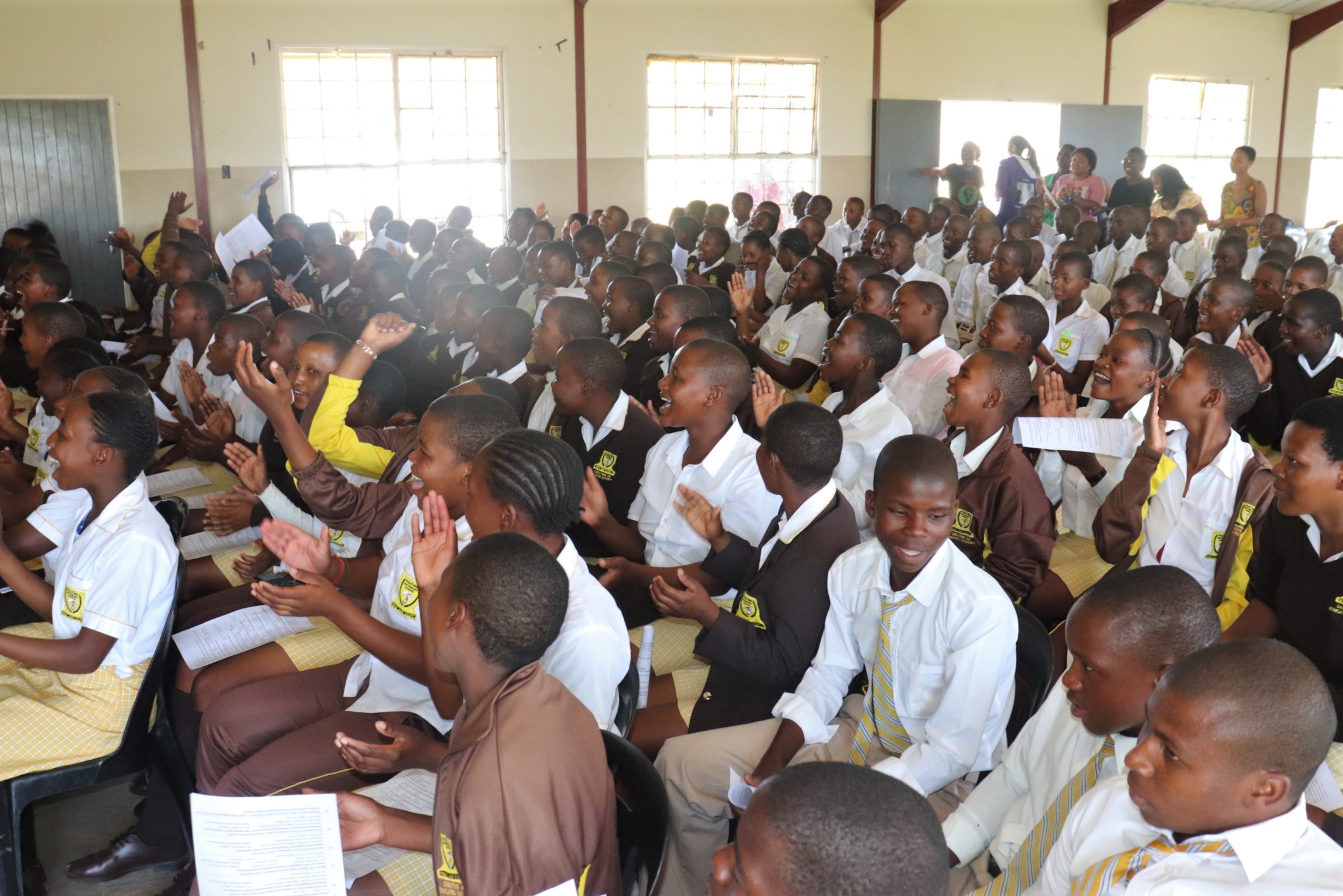

Please Sign in (or Register) to view further.